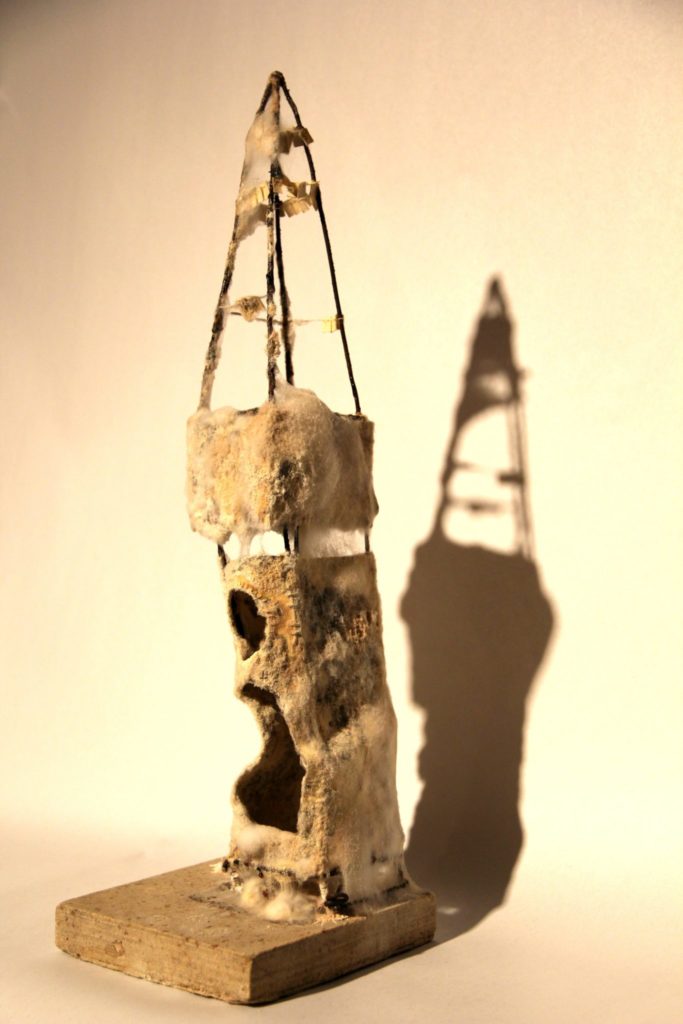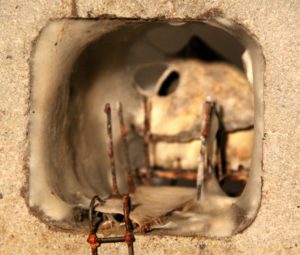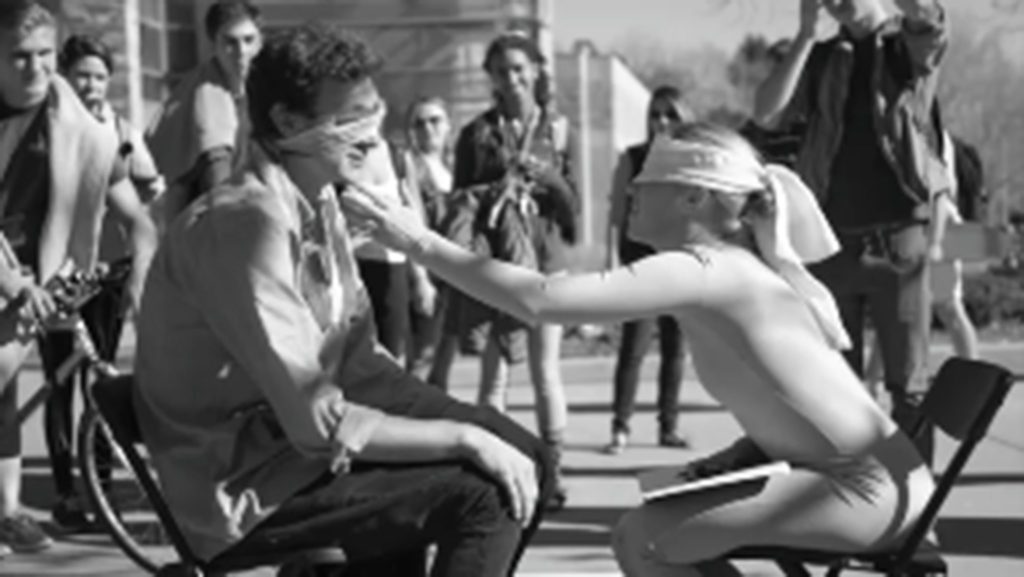
What’s the first thing you would do if you won $20,000? For Devan Kallas, it was call her dad in the middle of the night while simultaneously waking her roommates with her screams of joy.
Devan Kallas, a senior art student concentrating in drawing and graphic design, was awarded first place in the student division of the Art Olympia 2017, earning her a prize of $20,000 from the international competition.
The Art Olympia is an open art competition held every two years with the goals of discovering talented artists around the world and promoting the exchange of culture through art. The contest has two categories – general and student – and accepts two-dimensional artworks only. More than a thousand artists from 81 different countries submitted work to be judged.
‘Just try’
Kallas found out about the contests after spotting a sticky note on an opportunity board in her graphic design classroom.
When seeing the contest, Kallas told herself, “I have all this stuff I made, so I might as well just try.”
For an entry fee of $100, Kallas submitted three pieces for judging. The winning piece was a photograph of a three-dimensional piece she created in one of her upper-level art classes entitled “Neglected Sanctuary.”
“The idea of Neglected Sanctuary derived from my personal angst with how an educational entity was willing to spend millions on an extra-curricular activity (football) but was unwilling to invest in their visual arts building and the ideologies within,” writes Kallas in her artist statement.

The sculpture was made with three found items that are common at construction sites: a caution cone, a cement block, and tile. Using BFK paper, Balling wire, and a buttermilk mixture, Kallas created three sanctuaries and let them mold for two weeks before installing them around the stadium fence.
Kallas found technical inspiration from the artist Daneile del Nero who famously creates mold houses to represent decaying memories, and her medieval spin on the project stemmed from the story of Bernard of Clairvaux, a Cistercian monk who preached against the extravagant spending of the Cluny Church in their effort to attract more pilgrimage. St. Bernard wrote on the importance of investing in spirituality and purposeful work over aesthetics and indulgence.
Kallas felt this paralleled her experience on campus as an art student.
Inspiration from frustration
Neglected Sanctuary wasn’t the first time Kallas used frustration as her muse. As she was deciding which pieces she wanted to submit to the Art Olympia contest, Kallas noticed a trend in her artwork.
“Things that tend to frustrate me inspire me,” notes Kallas. “Art helps me not only decide how I feel about something, but what I want to say about it. It helps me condense down my thoughts to what is important and what is effective.”
The creative process helps Kallas therapeutically work through problems. She purposefully focuses on personal issues that may be uncomfortable, using her art to incite action or thought.
Which is what she did for a performance piece executed for a capstone class.

For an afternoon in November 2016, Kallas donned a nude leotard and blindfold, and set up a pair of chairs next to a mattress on the LSC Plaza. A sign that read, “I ask a question, you ask a question,” stood nearby. Vulnerable, Kallas waited in one of the two chairs as an unknown amount of passersby observed from a distance. Whenever someone did sit down, Kallas followed a strict process.
“I didn’t do anything to anyone without asking, even the simplest of things like asking to touch them or asking if I could scoot closer,” said Kallas. “I was prompting things that were funny or intimate. The whole point was to have an intimate, consensual conversation with strangers.”
Kallas’ aim was to bring attention to the importance of asking for consent, drawing from her own sexual assault experience. What Kallas envisioned the project achieving and what the four-hour performance actually became were slightly different.
“It turned into a confessional thing for some people,” Kallas shared. Women came up to her and told their own stories of assault, many for the first time. “They told me because I would never know who they were.”
Intermittently, Kallas would also take breaks to draw on the mattress. Still blindfolded, she would sketch memories from both her childhood and her feelings from the assault, to demonstrate both the loss of innocence and the violation the assault had against those childhood memories.
Art is a group effort
While her art concentrations of drawing and graphic design are traditionally two-dimensional, Kallas was able to branch out and try performance art in her capstone class because of the encouragement and flexibility of the art department faculty. The professor that has inspired Kallas the most during her studies is drawing professor Marius Lehene.
“Ironically, Marius tries not to be an influence,” Kallas shares. “You’ll come up and ask him a crazy idea and he’s like, ‘Do it’. He sets [his class] up in a way that you have to make your own structure, your own decisions. If he decides something for you, it’s his influence and not yours.”
Kallas credits the feedback from instructors and classmates in the art program to her growth as an artist, and lists it as one of the most important takeaways she’s gotten from her education at CSU.
“I learned that art isn’t something that is done individually. I always used to think that it was one genius person sitting in a room doing incredible things, but it’s not that. It’s the people you bounce ideas off of or the people who give random suggestions to you [that make great art].”
“The best thing I’ve learned is to ‘just try.’ Even if you think you’re going to fail, you’ll be more mad if you don’t do anything,” offers Kallas. That advice paid off for Kallas when it led her to enter the Art Olympia.
Kallas has one more semester to complete, and is keeping her options open post-graduation. Her long-term goal is to create a tiny house studio where she can create art at leisure, but in the immediate future she is planning on taking a year off before pursuing international grad school opportunities.
As for the plan for the $20,000 prize money? Kallas said most is going toward student loans, but she does plan on taking some of her winnings to travel Europe and visit her bucket list of medieval cathedrals.